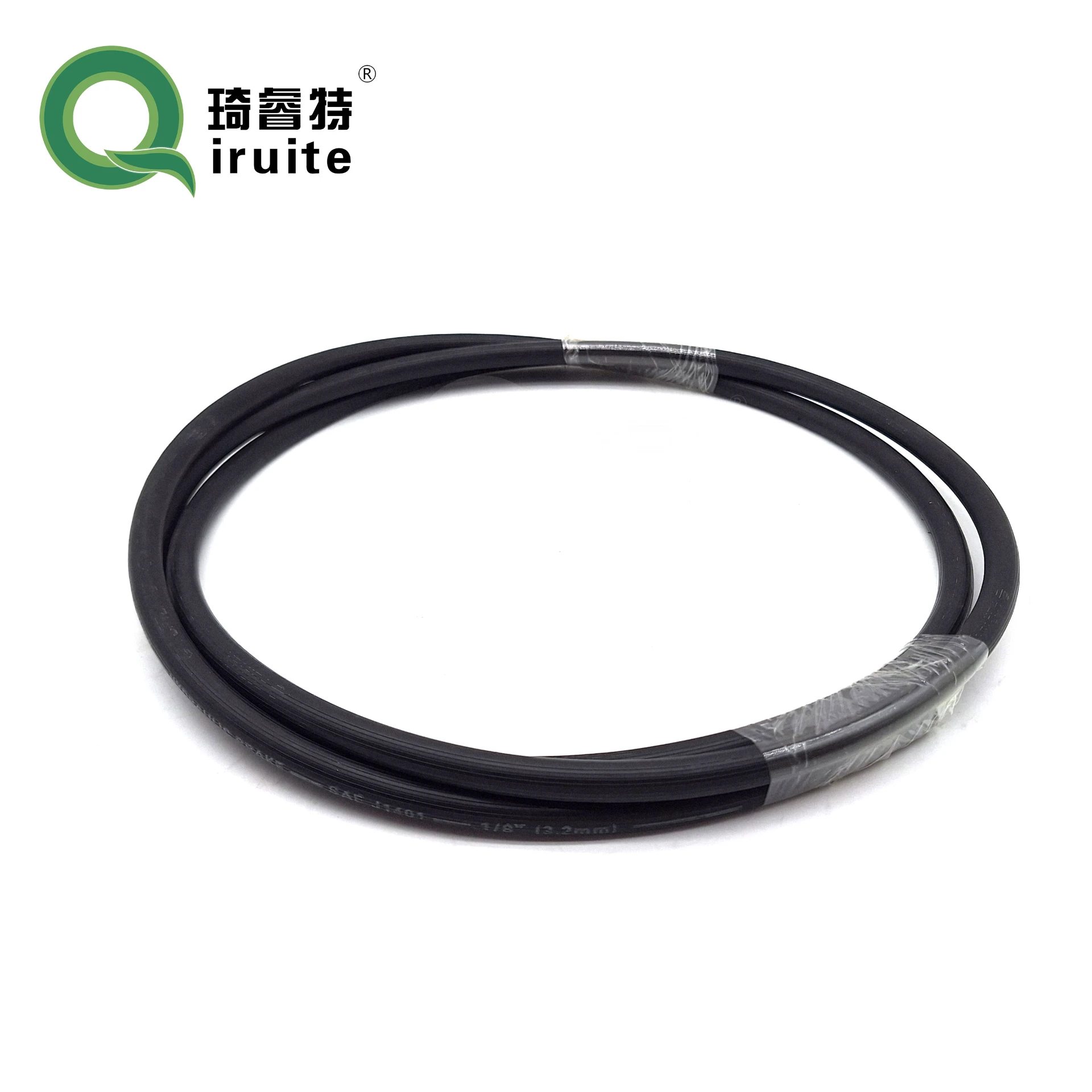How to Repair a Leaking Power Steering Hose Efficiently
Power Steering Hose Leak Fix A Comprehensive Guide
Power steering is an essential component of modern vehicles, providing drivers with the ease of steering and maneuverability. However, like any other system, it can encounter issues, and one of the most common problems is a leak in the power steering hose. Not only can this lead to a loss of steering effectiveness, but it can also damage other components of the steering system if left unaddressed. Luckily, fixing a power steering hose leak is manageable, and this article will guide you through the process.
Understanding the Power Steering System
Before diving into the fix, it’s important to understand the power steering system. The power steering pump generates hydraulic pressure, which assists in steering. The hydraulic fluid moves through the power steering hoses, which connect the pump to the steering gear. Over time, these hoses can wear out, crack, or become loose, leading to fluid leaks.
Signs of a Power Steering Hose Leak
Recognizing a power steering hose leak early can save you from more extensive repairs. Some common signs include
1. Fluid Puddles If you notice reddish-brown fluid under your vehicle, it could indicate a power steering fluid leak. 2. Difficulty Steering A significant loss of fluid can result in harder steering, making it challenging to control the vehicle. 3. Squealing Noise A worn hose may cause the power steering pump to struggle, resulting in a squealing sound when you turn the wheel. 4. Warning Light Some vehicles have a warning light on the dashboard that indicates low power steering fluid levels.
Tools and Materials Needed
To fix a power steering hose leak, you’ll need the following tools and materials
- A new power steering hose (specific to your vehicle make and model) - Power steering fluid - Wrench set - Hose clamp (if necessary) - Rags for cleanup - Safety gloves and glasses
Step-by-Step Fix
power steering hose leak fix

1. Locate the Leak Start by inspecting the power steering hoses for any cracks, loose connections, or signs of wear. You may need to cleanse the area with a rag to pinpoint the source of the leak.
2. Raise the Vehicle Safely lift the front of the vehicle using jack stands, ensuring you have ample space to work under the car.
3. Remove the Old Hose Use a wrench to loosen the bolts on the power steering hose connections and carefully remove the old hose. Be prepared for some fluid spillage, so keep rags handy to catch any leaking fluid.
4. Install the New Hose Position the new power steering hose in place and tighten the connections securely. Ensure that the hose is routed correctly, away from any moving parts or hot components.
5. Fill with Fluid Once the new hose is in place, refill the power steering reservoir with the appropriate fluid specified in your vehicle’s owner manual.
6. Bleed the System To remove air from the system, turn the steering wheel from lock to lock several times while the engine is running. This helps circulate the fluid and eliminate air pockets.
7. Check for Leaks Once you’ve bled the system, inspect the new hose and connections for any signs of leaks. If everything looks good, you’re ready to lower the vehicle.
8. Final Test Drive Take your car for a short test drive to ensure the steering feels normal and there are no unusual noises or issues.
Conclusion
Fixing a power steering hose leak may seem daunting, but with the right tools and a little patience, it can be done successfully. By addressing leaks promptly, you not only improve your vehicle's steering performance but also extend the lifespan of your power steering components. Always consult your vehicle’s manual for specific instructions, and don’t hesitate to reach out to professionals if you’re unsure about any step in the process. Safe driving!
-
Ultimate Spiral Protection for Hoses & CablesNewsJun.26,2025
-
The Ultimate Quick-Connect Solutions for Every NeedNewsJun.26,2025
-
SAE J1401 Brake Hose: Reliable Choice for Safe BrakingNewsJun.26,2025
-
Reliable J2064 A/C Hoses for Real-World Cooling NeedsNewsJun.26,2025
-
Heavy-Duty Sewer Jetting Hoses Built to LastNewsJun.26,2025
-
Fix Power Steering Tube Leaks Fast – Durable & Affordable SolutionNewsJun.26,2025

